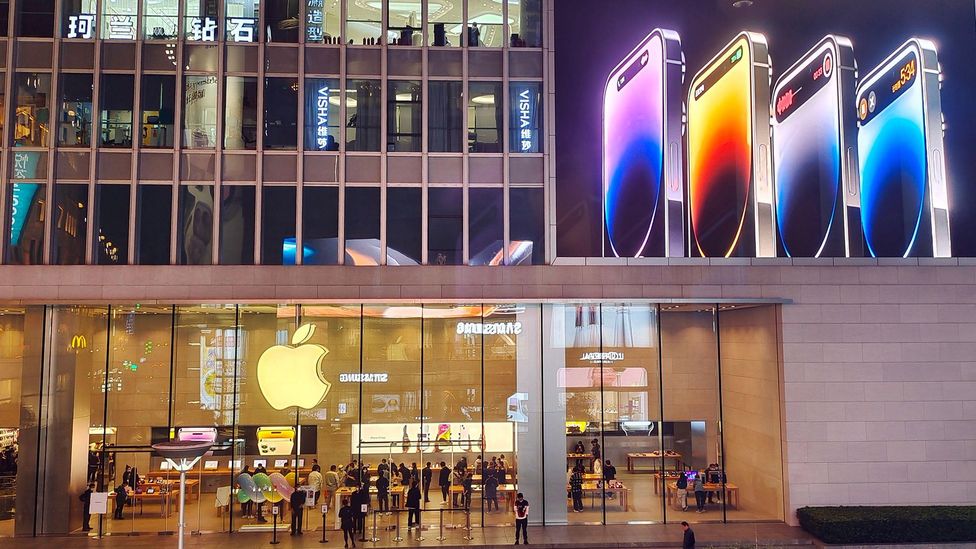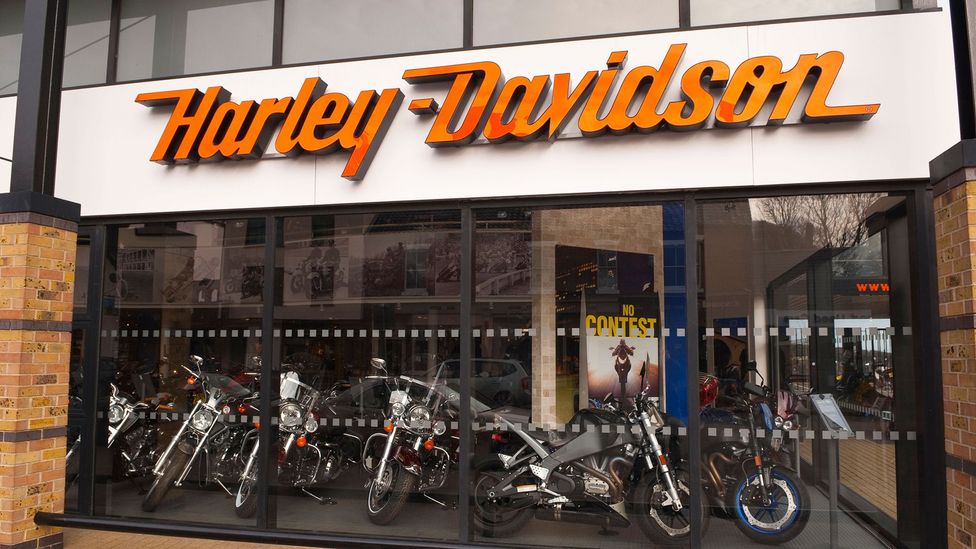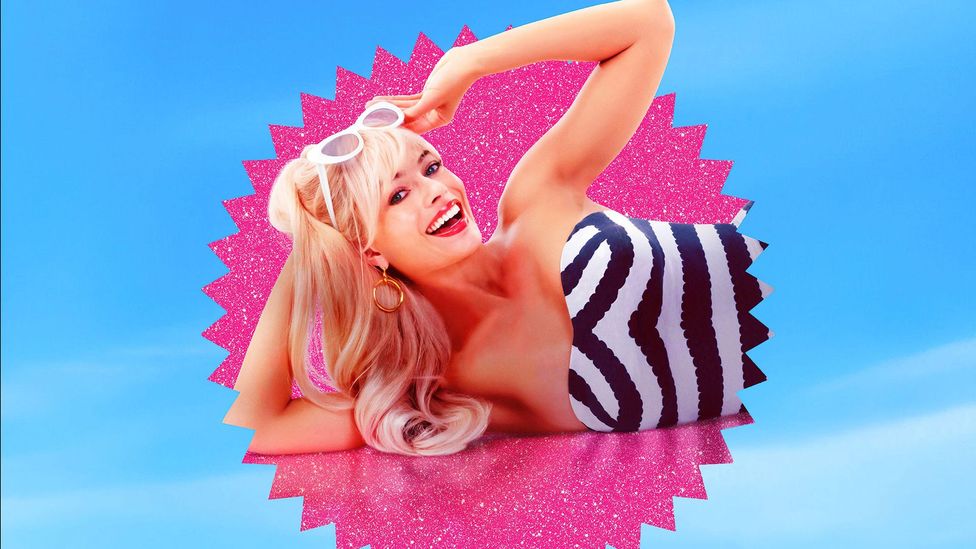Director Greta Gerwig’s Barbie film has surpassed the $1bn (£790bn) mark at the global box office. Yet fans aren’t just lining up for tickets, they’re also clamouring for “Barbiecore” fashion, air travel bearing the Barbie logo and even Barbie-themed coffins.
That’s just a fraction of the pink-hued consumption happening across market sectors. Consumers were always loyal to the Barbie brand, but Gerwig’s film has seemingly kicked the extreme fandom into a higher gear – even six decades after the toy’s inception.
It’s certainly not the only brand with a wildly devoted following, but the skyrocketing Barbie obsession is playing out in real-time, giving consumers and marketers alike access to an case study of cult fandom in action.
So, what rockets a brand – or even a person – into this venerated and highly coveted cult status with intense staying power? Experts say it’s a mix of strategic marketing, intimate consumer messaging and some right-place-right-time magic.
Anything but ‘effortless’
Among the brands with the most recognisable cult followings is Apple, with fans who have lauded the company since its founding in the 1970s. Leander Kahney’s 2009 book, The Cult of Mac, explores the company’s meteoric rise into the phenomenon status it has today – it’s even been updated to a second edition as that fandom has grown. One anthropologist likened its following to a religion.
Rhea Freeman, a UK-based PR adviser, is a self-proclaimed member of the Apple cult. “I am committed to the brand and don’t see a time when I would buy a non-Apple computer or phone or tablet,” says Freeman. “I keep an eye on the latest developments, look for new releases and do also have a huge interest in the leadership, the marketing, the branding and the messaging.”

One of the biggest, most recognisable cult brands is Apple, which has inspired global fandom (Credit: Alamy)
Freeman maintains her appreciation for Apple products goes far beyond product affinity – it’s an integral part of her lifestyle. “The thing with Apple is it’s not just a product or a brand,” she says. “Every aspect of it has been well thought through to bring delight to the purchaser from start to use, to inspire loyalty, to create that cult following. And it’s done in a seemingly effortless way.”
Yet Susan Fournier, the Allen Questrom Professor and Dean at Boston University’s Questrom School of Business, says there’s nothing effortless about it. Fournier explains cult brands carefully tap into the consumer psyche to become closely intertwined with fans’ lifestyles, adding that these companies don’t just sell products – they tap into a “resonant cultural theme”.
She cites American motorcycle manufacturer Harley-Davidson as an enduring example, noting the brand goes beyond an “isolated sliver of consumer behaviour” to market a distinct lifestyle. “You see people riding with friends, you see the emergence of [branded] clothing – it becomes how you look, who you hang out with, what you believe in,” she says.
US-based author and podcaster Amanda Montell argues cult brands go beyond the lifestyle realm, permeating consumers’ innate sense of self. Montell is the author of Cultish: The Language of Fanaticism, which explores how language influences cult activity in and out of the consumer realm. She explains cult brands offer “identity benefits”, which assert a sense of community and meaning and provide “a transcendent promise” beyond the product itself.
“Millennial [and Gen Z] consumers in particular are the least brand-loyal of any generation of consumer,” says Montell, explaining that younger consumers are quick to sniff out “marketing malarkey”. She notes that, to strike gold with those more sceptical buyers, brands must promise something more: “That by affiliating with, for example, this makeup line or even just this single makeup product, you will be a better you.”
Montell adds that this promise acts as a balm in a labyrinthine realm of consumer choice. “On social media, we're able to see infinite options of where our life could go,” she says, arguing that the seemingly endless choices create an overwhelming chooser’s paradox. “When a brand enters the picture and offers a template for who you should be and what choices you should make, that feels really satisfying and nurturing.”
When a brand enters the picture and offers a template for who you should be and what choices you should make, that feels really satisfying and nurturing – Amanda Montell
It’s a powerful promise, one that gives so-called cult brands staying power over trendy companies that end up blinking in and out of the consumer landscape.
Claudio Alvarez, an assistant professor of marketing at Baylor University’s Hankamer School of Business, says that certain cult brands feel “almost like being with a friend”. He adds, “When a community of devoted consumers form around a brand, becoming a part of this community adds an extra layer of connection and loyalty.”
In market terms, that warm, fuzzy feeling can translate to staying power. “People want to share their love of the brand with other members of the community, generating word-of-mouth and creating online content related to the brand,” says Alvarez. “They want more people to know and like the brand – to become part of the community.”
The difference between a fad and an enduring cult brand also comes down to good timing, says Fournier. Yes, cult brands channel powerful marketing strategies, but for success stories like Gerwig’s Barbie, serendipitous timing is key.
She says the lingering pandemic, unstable global economy and Western political culture wars have left consumers hungry for an entertaining life raft. “Happiness is down; anxiety is up,” says Fournier. “Then, enter Barbie in all its pink splendour.” Pleasing pink aesthetics aside, Barbie mania may also play on what the US Surgeon General calls an “epidemic of loneliness and isolation”.
And while that particular flavour of despair may be situational, the lasting impact of a cult brand is not – particularly when that brand has seen consumers through tough times. “Cult brands are co-owned,” says Fournier. “So, they're not of the corporation – they're of the people. And everybody is a collaborative brand steward.”

Some experts say motorcycle company Harley-Davidson is a strong example of a brand with a cult following, as it's touted an entire lifestyle (Credit: Alamy)
The cult economy
Cult brands aren’t just money makers; they’re also major economic drivers.
Apple Inc is among the tech stocks responsible for a significant portion of the US stock market's 2023 gains. While the company reported sales slumped a bit in its third fiscal quarter earnings, its shares hit an all-time high in June, prior to the tech giant’s annual developer conference, where brand stakeholders announced highly anticipated products including the $3,499 (£2,759) Vision Pro augmented-reality headset.
Meanwhile, although not a brand like Barbie or Apple, musician and entertainer Taylor Swift has one of the most famous cult followings across the globe. Some experts expect her sold-out 2023 Eras Tour to generate as much as $5bn (£3.9bn) for local economies across the globe. As “Swifties” have flooded stadiums – and the surrounding hotels and commercial zones – Swift’s economic influence has been lauded by state lawmakers, tourism experts and federal bank representatives alike.
The impact of multi-generational cult brands like Barbie can also be seen in the collector economy. Barbie collecting is nothing new; Mattel has kept tabs on hundreds of thousands of avid collectors since the late 90s. But since Gerwig’s Barbie premiere, long-time collectors say they’ve have noticed a spike in doll-appraisal activity, and Gen Z collectors are showing off their spoils across “Dollstagram”, an Instagram community whose hashtag has been used more than 5 million times as of this writing.
Happiness is down; anxiety is up. Then, enter Barbie in all its pink splendour – Susan Fournier
“When you have a cult brand, you go beyond the primary direct-to-consumer market to create a second [market],” says Fournier, citing the power of nostalgia to drive lucrative resales. Take Nike’s multiple collaborations with American fashion designer Virgil Abloh, who died in 2021. A pair of the Louis Vuitton x Nike Air Force 1 sneaker, designed by Abloh, is currently listed for $75,000 (£59,132) at auction house Sotheby’s.
A cult brand’s new product launches can also market themselves, often driving earned media, which is built on existing consumer trust and can ultimately boost sales for a company’s core offerings. When cult-status brand Dunkin’, a US-based food and beverage chain, announced a new line of alcoholic coffees and iced teas earlier this month, fans latched on quickly: the hashtag #dunkinspiked has accrued thousands of uses on social media since the product launch, even spurring viral tweets about consumer excitement.
In an economy where consumer choice can seem more than overwhelming, achieving cult status may be one a of brand’s few chances at lasting success – be it toys, technology or motorcycles. When even the most mundane products offer an identity promise, brands must transcend the noise and find ways to meaningfully connect with an increasingly sceptical consumer base.
Now, it seems, a marketing plan needn’t only sell a product – the best ones, say experts, tout a lifestyle, complete with promises of community and even self-improvement. Bonus points if the campaign includes Barbie pink.
